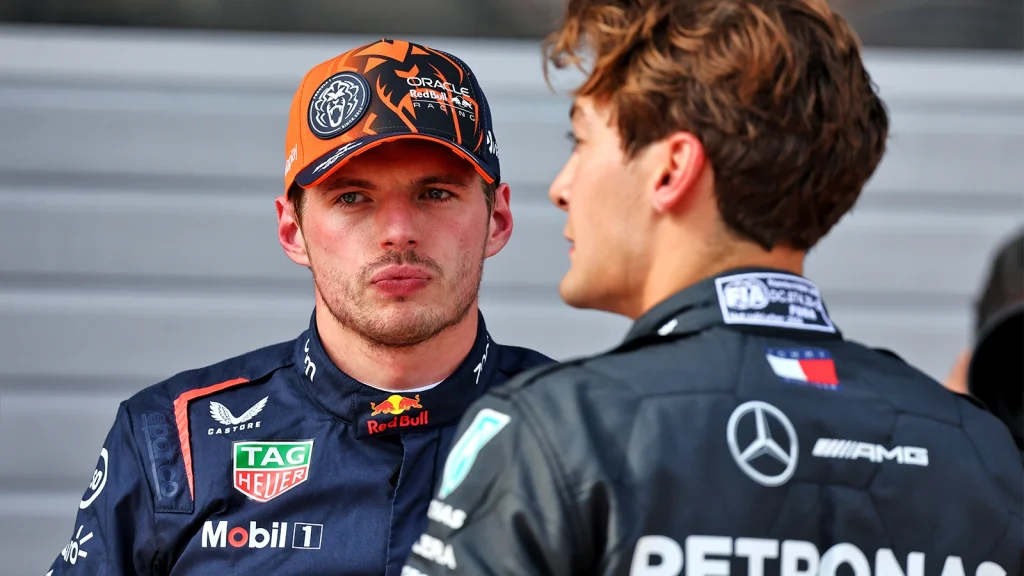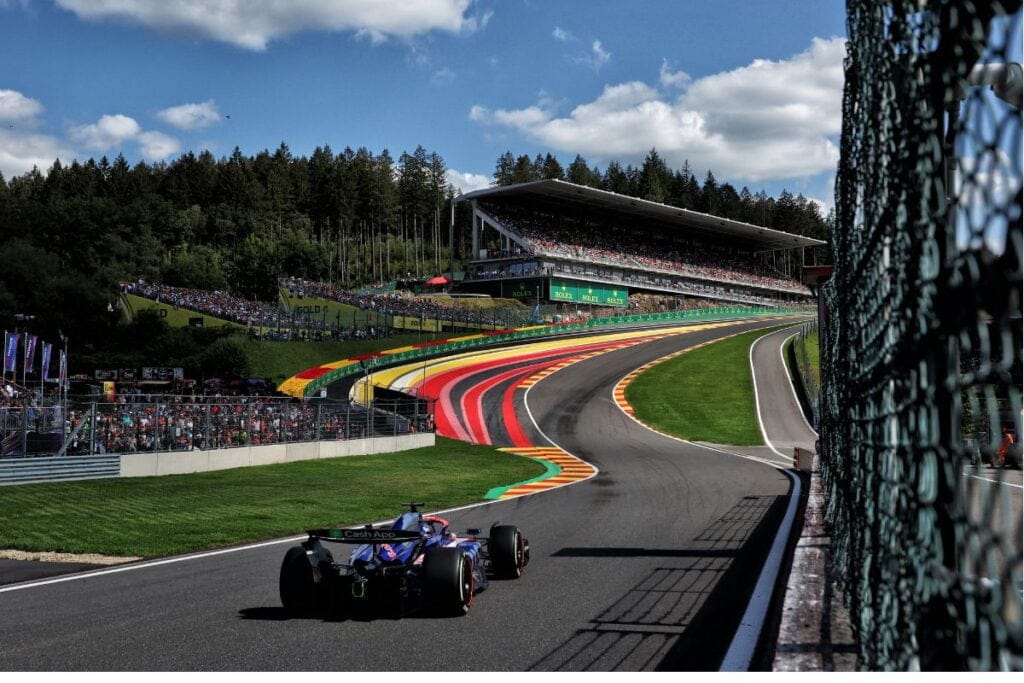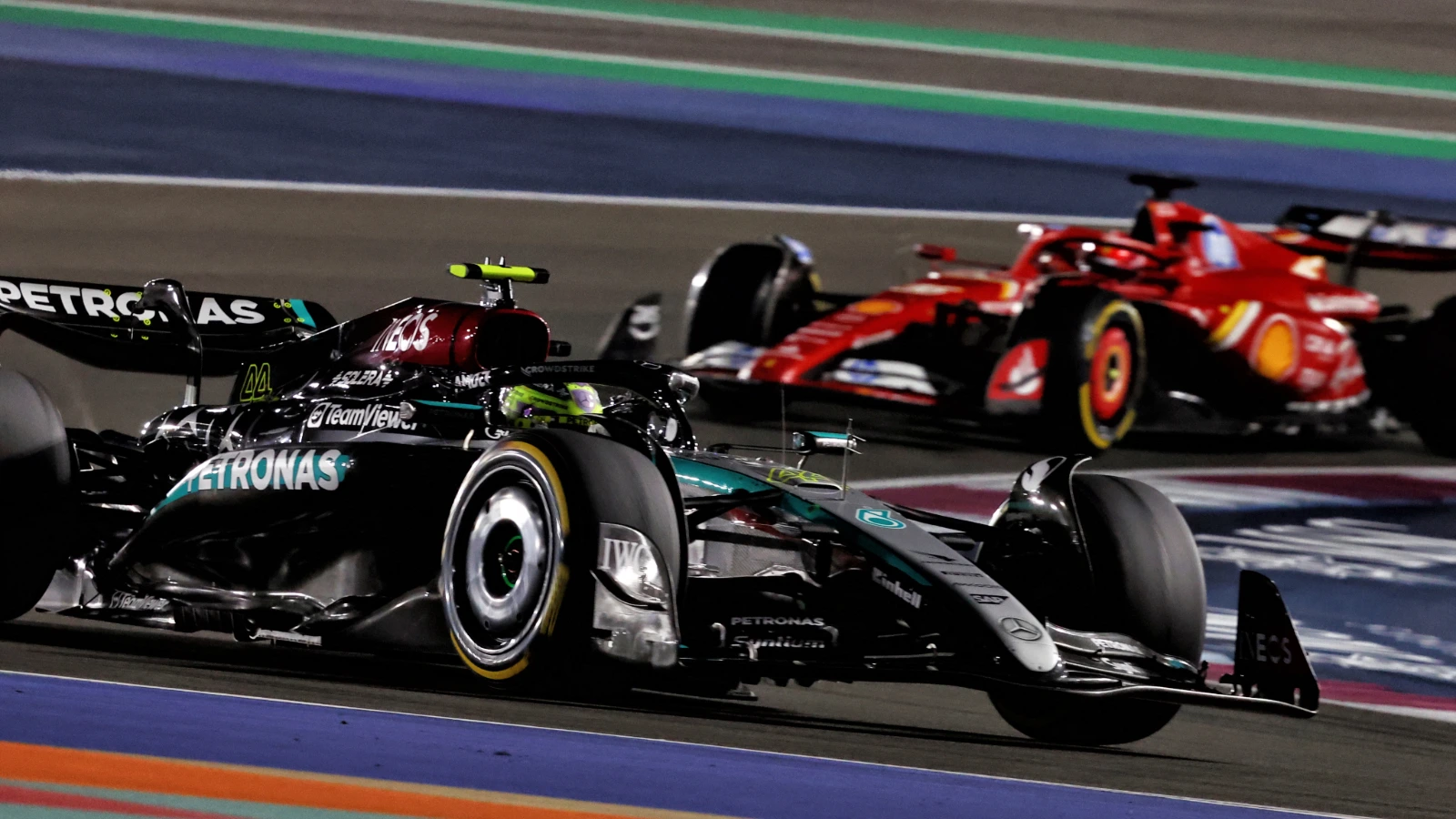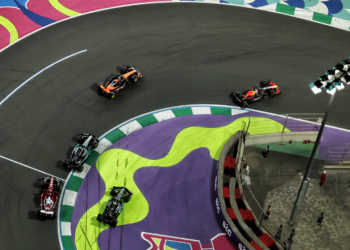Formula 1 has, over the years, grown from a mechanical battlefield into a technological masterpiece, second to none, where a fraction of a second plays the difference. In this perfection-seeking journey, technology seems to be playing an important role in driver preparation.
Digital transformation is rewriting how drivers get ready to tackle some of the most demanding tracks globally-from high-tech simulators to immersive virtual reality.
Virtual reality and driving simulators have become the indispensable armoury of Formula 1 teams.
Such tools give the drivers insights and training opportunities with which they can work upon their skills, develop a race strategy, and learn new circuits without burning even a drop of fuel. Let’s explore how VR and driver-in-the-loop simulation are updating driver preparation in Formula 1.
The role of virtual reality in F1 – Enhancing driver training with VR
Virtual reality has become a real game-changer in the preparation of Formula 1 drivers. With the latest VR systems, drivers could be exposed to hyper-realistic simulations of race circuits that include precise details of every elevation change, corner, and braking zone. This lets drivers get mentally prepared for a race and work out their techniques without ever having to get into a real car.
VR also offers unique opportunities to practice race strategies. For example, drivers can simulate different weather conditions, pit stop scenarios, or overtaking manoeuvres. This virtual environment sharpens their decision-making skillsand helps them react faster to unexpected challenges on race day.
Examples of VR systems in F1
Formula 1 teams like Mercedes-AMG Petronas and Red Bull Racing are leading the charge in adopting VR technology. These teams utilize custom-built VR systems that integrate telemetry data from real races, creating an incredibly lifelike experience. Drivers can don VR headsets and virtually “drive” circuits, familiarizing themselves with every detail of the track.
Another great example is the use of VR in the development process of cars. Engineers and drivers collaborate in a virtual environment to test car designs, making adjustments in setup to optimize the car for certain tracks. In this respect, the interface between drivers and engineers shows more and more the importance of VR in Formula 1.
As virtual reality continues to evolve, similar innovations are also transforming other industries, including online gaming. For those interested in trying their luck, you can read SlotsUp review in unbiased casino reviews, such as the LevelUp review, and get latest information about LevelUp online casino.
The heart of modern F1 training – Advanced simulators for precision training
Driving simulators lie at the heart of the training programs of Formula 1 these days. These advanced, high-tech contraptions can accurately recreate the feel of racing on any circuit in the world with surprising precision. Simulators confer several advantages:
- Realistic Environment: With motion platforms, realistic steering feedback, and impressive visuals, it almost makes the practice of driving practically indistinguishable from actual driving.
- Skill Refinement: Drivers use simulators to perfect their racing lines, braking points, and acceleration patterns for optimum performance.
- Data-Driven Feedback: Simulators provide engineers with valuable feedback, helping them tweak car setups to suit the driver’s style and the track’s demands.
As the simulators have become quite important, they bridge an imperative gap between virtual and physical race preparation.

Preparing for various scenarios
Among the several positive sides of driving simulators is their capability to create different race scenarios, such as a wet track at Spa-Francorchamps or the heat of Bahrain. This gives drivers the chance to prepare for any challenge they will face on the track by simulating overtaking manoeuvres, defensive situations, and recoveries after a probable crash in as natural a way as possible.
Moreover, simulators are instrumental in preparing for new circuits. When Miami and Las Vegas were added to the F1 calendar, drivers used simulators to learn these tracks long before they were physically built. This preparation gave them a competitive edge when it was time to race
.
Key differences between VR and simulators in F1
| Feature | Virtual Reality (VR) | Driving Simulators |
| Purpose | Immersive mental preparation | Precision physical training |
| Equipment | VR headset, motion controllers | Full-motion platform, realistic cockpit |
| Key Strength | Visualizing tracks and strategy | Realistic feedback and data analytics |
| Common Use | Track familiarization and race scenarios | Technical skill refinement |
Benefits of digital technologies for drivers – Precision and cost efficiency
Digital technologies have given driver training an unprecedented level of precision and cost-efficiency. Here are the key benefits:
- Optimized Training: Simulators and VR systems enable teams to train drivers efficiently, letting them run hundreds of laps in a single day without wear and tear on the physical cars or tires.
- Cost Savings: Virtual testing eliminates the high expenses associated with physical track testing, such as travel, logistics, and equipment maintenance.
- Smarter Development: The possibility of testing new parts and configurations of cars in a virtual environment reduces the need to spend money on expensive wind tunnel experiments or real-life trials.
Most valuable in this current period of strict budget caps, such is invaluable for teams within Formula 1 trying to get the most without hurting their on-track performance.
Safety advances
Another important advantage of digital training methods is enhanced safety. Simulators and VR systems enable drivers to practice in emergency situations, such as handling brake failures or avoiding collisions, without any physical risk. By mentally preparing for these situations, drivers are better equipped to react quickly and safely during real races.
Additionally, digital tools enable teams to analyse and mitigate risks more effectively. For example, simulations can predict how a car will behave in different conditions, helping drivers and engineers anticipate potential hazards.
Looking to the future: The role of AI and machine learning
The future of Formula 1 driver preparation is poised to be shaped by artificial intelligence (AI) and machine learning. These technologies are already being integrated into simulators to provide personalized feedback to drivers. AI algorithms analyse driving data to identify areas for improvement, such as braking efficiency or cornering speed.
Machine learning is also increasing the realism of simulations: analysing real data from races, AI can closely mimic complex variables such as degradation of tires, changes in weather, and dynamics related to traffic flow. The result is extraordinary accuracy. All this detail will make simulators even more effective tools for training over the next few years.

Next-generation simulators
And as technology continues to raise the bar, next-generation simulators will push it even further. Haptic feedback suits, eye-tracking systems, and augmented reality overlays are among those waiting in the wings. Further blurring the line between virtual and real-world racing, drivers will have an even greater edge in preparation.
Looking ahead, we may see even more immersive technologies influencing both motorsports and other digital arenas. Whether you are refining race strategies or exploring the world of online gaming, for a hassle-free gaming experience, choose & get PayID no deposit bonuses on pokies and enjoy the action without extra commitments.
Conclusion
Formula 1 has always been about adopting and adapting. Digital technologies like VR or driving simulators have kept with the legacy so far. Such gadgets make driver preparation more exact, efficient, and safe compared to ever before.
As the sport develops, so will technology within it. From AI-powered simulators to augmented reality training, the future of Formula 1 driver preparation is going to be every bit as exciting as the races themselves. By being at the top of these trends, so are the teams and the drivers at the edge of this competitive world that has been Formula 1.









